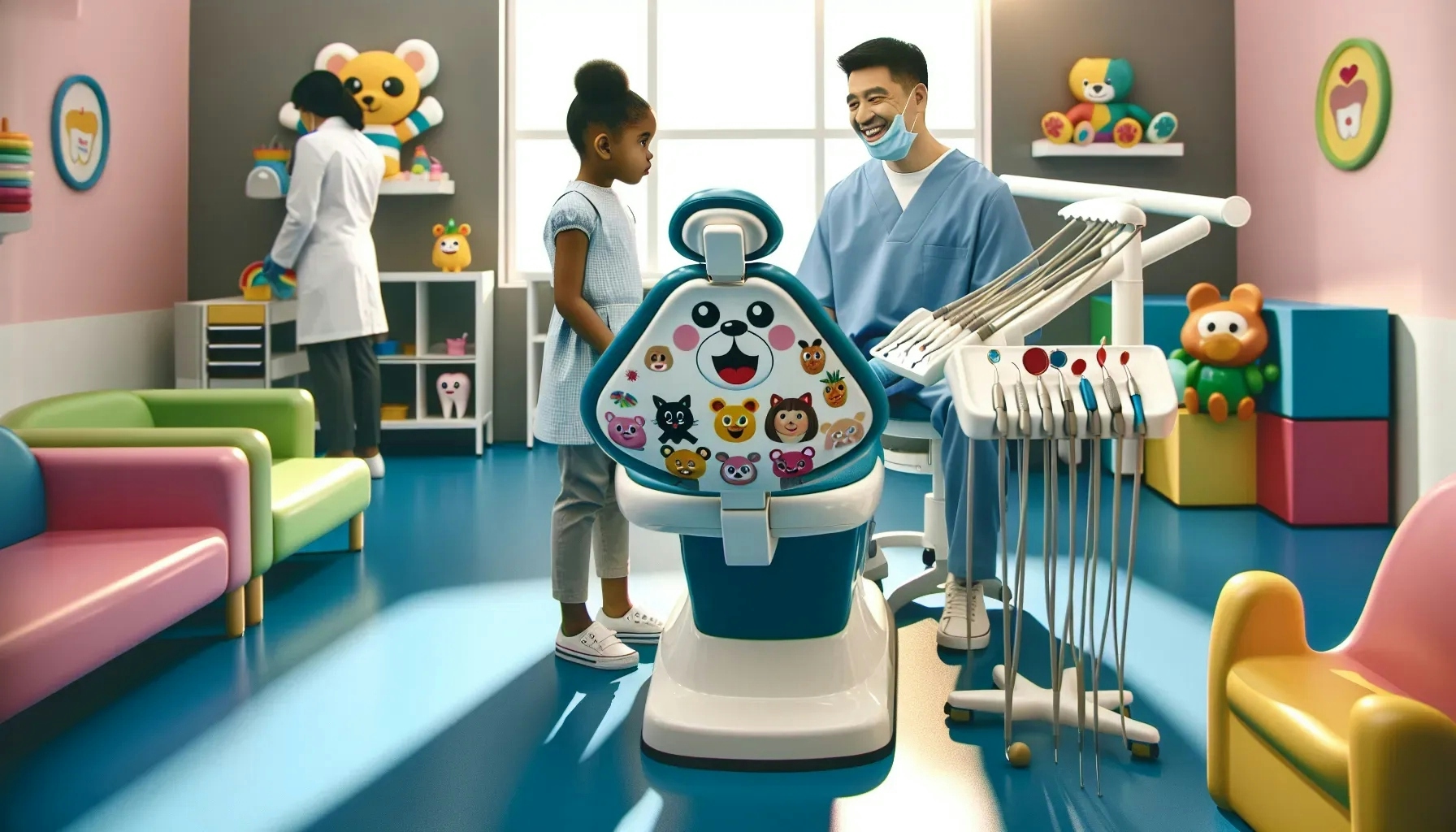How Can Dentists Keep Young Children Calm During Visits?
Dentist Magazine

How Can Dentists Keep Young Children Calm During Visits?
Dental professionals and parents alike understand the importance of a smooth experience for young patients. From using minimum effective sedation to preparing and empowering children before the visit, here are the top four strategies they recommend for keeping children calm and cooperative during dental visits.
- Use Minimum Effective Sedation
- Normalize Dentistry with Media and Rituals
- Build Trust and Reinforce Positive Behavior
- Prepare and Empower Before the Visit
Use Minimum Effective Sedation
For keeping young children calm during dental visits, it's best to follow the rule of minimum effective dose, i.e., use the least amount of drugs to get the procedure completed humanely and safely. The first attempts should relate to psychological and behavioral modification.
Patience, the Tell-Show-Do approach, distraction, trust-building, and desensitization are some methods pediatric dentists use to help keep patients calm without the aid of medications. I find it helpful to have a consultation or form so the parents can be candid without frightening the child, and the dentist and family can discuss the type of language that will be used, e.g., 'shot/needle' vs. 'Frozen wand,' etc.
If patients require pharmacological intervention, there are several depths of anesthesia on the sedation spectrum. For patients who are mostly cooperative but have mild fear or a mild gag reflex, a mild or moderate depth of sedation may permit dentistry to be completed. The hallmark of these sedation modalities is that patients maintain their protective reflexes and purposeful responses, e.g., they can give a thumbs-up when asked.
If the child is unable to cooperate because they are too young, too scared, or the dental surgery is too intense, then deep sedation/general anesthesia is indicated. This would be the same level of sedation one receives to get a colonoscopy or tonsillectomy. Patients cannot respond to commands, cannot move, and cannot cry during deep sedation and general anesthesia. They are 'asleep' for the procedure.
Normalize Dentistry with Media and Rituals
Prepping for a great trip to the dentist with young children can begin well before your visit! Check your child's shows to see if there is a dentist-themed episode. My oldest was the most excited patient to ever walk into the dentist's office after watching a few episodes of her favorite characters visiting their dentist! If screen time isn't your thing, consider an age-appropriate book or story for children to help normalize the experience.
I found that introducing the dentist through a combination of shows, stories, and role-play at home was extremely helpful for my family. When we go to the dentist, I also like to 'make a day of it.' My little girl has a special 'butterfly dress' she loves to wear for special occasions—well, guess what, the dentist is now a special occasion! Similarly, your child may experience their anxiety turn into excited anticipation if you create your own unique rituals. Allowing them to wear their favorite clothes and/or rewarding them with a sweet treat afterward, whatever works for your family. Lastly, never forget that favorite stuffed animal or toy to help comfort your youngster in a new environment.

Build Trust and Reinforce Positive Behavior
Dealing with young children remains my biggest challenge. However, in recent years, I have modified my strategy. The first thing I do is try to gain their trust, which already provides me with a tremendous advantage. From there, I treat them as adults, using language that is child-friendly, yet without patronizing them. I reinforce their positive behaviors and constantly remind them that they are capable of succeeding.

Prepare and Empower Before the Visit
Among the many "required" healthcare events a child must endure, the dental office may be at the top of their "oh-no" list. While children are acutely aware of the presence, loss, new growth, and value of their teeth, they don't appreciate the medical attention, especially when their teeth "don't seem sick."
To help keep our young children calm and cooperative during a dental visit, we begin before the visit. We offer the child the opportunity to bring to the visit a book, activity item, stuffed animal, and even the use of our tech devices. We discuss our own dental visit experiences, especially how helpful they are to us as adults. We encourage the two brothers to come together, to "share" the experience and see they are not the only ones in the family that must do this. We encourage the child to ask the dentist and all the clinical team questions, to hold certain instruments, and to tour the office beforehand. We remind them of their last visit and how they were able to handle that experience so well. Lastly, we try to carry on with their dental care routine daily, praising their efforts and adding to their funny toothbrush collections! Easy to do and very encouraging.
